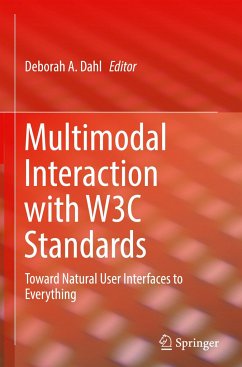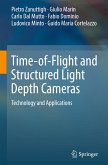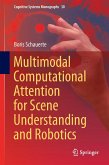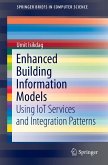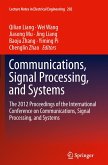This book presents new standards for multimodal interaction published by the W3C and other standards bodies in straightforward and accessible language, while also illustrating the standards in operation through case studies and chapters on innovative implementations. The book illustrates how, as smart technology becomes ubiquitous, and appears in more and more different shapes and sizes, vendor-specific approaches to multimodal interaction become impractical, motivating the need for standards. This book covers standards for voice, emotion, natural language understanding, dialog, and multimodal architectures. The book describes the standards in a practical manner, making them accessible to developers, students, and researchers.
Comprehensive resource that explains the W3C standards for multimodal interaction clear and straightforward way;
Includes case studies of the use of the standards on a wide variety of devices, including mobile devices, tablets, wearables and robots, in applications such as assisted living, language learning, and health care;
Features illustrative examples of implementations that use the standards, to help spark innovative ideas for future applications.
Comprehensive resource that explains the W3C standards for multimodal interaction clear and straightforward way;
Includes case studies of the use of the standards on a wide variety of devices, including mobile devices, tablets, wearables and robots, in applications such as assisted living, language learning, and health care;
Features illustrative examples of implementations that use the standards, to help spark innovative ideas for future applications.
"This 341-page book provides relatively comprehensive coverage of programming language concepts, a core topic in the ACM model computer science curriculum and a required topic for ABET accreditation of a computer science program. As such the book is appropriately aimed at senior students in an undergraduate curriculum." (Michael Oudshoorn, Computing Reviews, February, 2018)

